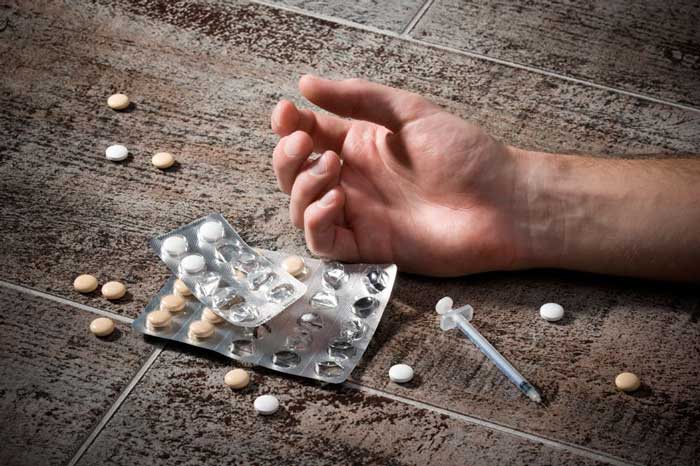BALTIMORE, MD – Acknowledging that the nationwide effort to reduce opiate abuse in the ED has led to dangerous levels of undertreatment among their constituency, the American Academy of Drug Seekers (AADS) has released their new ED pain management guidelines for 2016. Their list of recommendations is designed to assist the emergency physician or other health care provider in managing pain in a way that balances the unique necessities of the drug seeker with the comfort level of the medical practitioner:
 For opiate-philic individuals seeking ED management of their pain, practitioners are asked to consider the following ten guidelines. Note that all of the below were decided by consensus agreement and are considered class 1B recommendations:
For opiate-philic individuals seeking ED management of their pain, practitioners are asked to consider the following ten guidelines. Note that all of the below were decided by consensus agreement and are considered class 1B recommendations:
I: Patients seeking prescription narcotics should be provided an ample supply until they can follow up with the next emergency physician.
II: The AADS supports the use of IV opiates in repeated doses for management of acute pain, chronic pain, phantom pain, perceived pain, 20/10 pain, pain in the a** pain, and “just give me my damn pain medicine” pain.
III: The act(s) of expressing one’s pain level by verbalizing high-decibel obscenities, by hurling oneself on the floor, or by smashing items within an exam room should be considered a proxy for >10/10 pain and these patients should be provided IV Dilaudid, preferably by PCA, as soon as possible.
IV: If available, state-run narcotics databases are likely to contain information that is outdated, poorly organized, or may contain incorrect information because the identity of the patient has probably been stolen. AADS recommends against providers checking these lists as the information contained within may adversely affect your clinical judgement.
V: Care plans, including generous use of a Dilaudid PCA, should be created for all repeat visitors with chronic pain to ensure consistent physician judgement.
VI: Non-opiate pain management modalities can be considered but are not likely to be effective. Allergies to non-opiates are probably real and should never be investigated.
VII: In the event of an opiate allergy, IV Benadryl should be administered before, during, and after administration of opiates in a fast IV push.
VIII: In the unfortunate event that opiates are denied, patients should be referred to another ED by allowing the patient to call 911 from the waiting room or utilize the new Uber ED-to-ED transit service.
IX: PCPs or pain management physicians, if relevant, should not be consulted on patients with chronic pain. They just don’t understand pain like the emergency physician.
X: For any real-time questions or counseling, a consultation with an AADS-accredited drug seeker is available 24/7. Call 1-800-555-0420 and ask for “Q-ball.” No cops.







